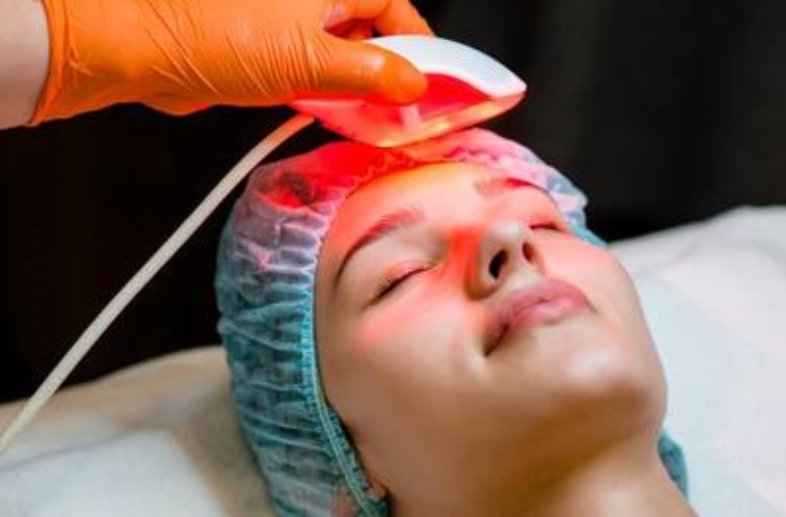Accidentally discovered by a Hungarian scientist in 1967, red light therapy is promoted today as a treatment for numerous conditions.
The scientist in Budapest all those years ago discovered that laser light helped lab rats’ wounds heal, and his discovery is sometimes used today to help treat scars and other skin conditions. These include psoriasis, acne, wrinkles, and stretch marks.
It is claimed that red light therapy (RLT) might also help with inflammation and muscle tissue damage. RLT devices are now available for use at home. Here’s what you need to know before you try it.
How does RLT work?
All the therapy involves is regularly exposing your skin to a low level of red light for a short time. It is not hot, and the light only penetrates between one and two millimetres of skin. Most RLT is now done using LED lights rather than lasers.
Under a red light therapy torch, the parts of your cells which create energy are strengthened. Having more energy is believed to help cells repair themselves.
What are the benefits of RLT?
Besides the benefits already mentioned, red light therapy may also help:
- reduce the side effects of certain cancer treatments which can impact the skin, such as radiation dermatitis,
- stimulate hair growth in people with alopecia,
- slow the decline of eyesight in short-sighted people,
- improve cognition and memory in those with Alzheimer’s,
- and relieve pain in people with Achilles tendons.
These are areas where RLT has shown promising results in studies, although more evidence is needed to confirm the effects.
Does red light therapy have risks?
Generally, no. It is usually painless and safe to do. But like any therapy, the dose matters. People who used an RLT device for more than 30 minutes at a time, or fell asleep while using it, have reported burns and lesions. As an electronic device, there are also the risks of it getting wet or damaged to consider.
Some scientists have expressed the concern that RLT may lead to eye damage and recommend the use of eye protection, whether you are using an LED or laser device.
Should I use it?
It is safe for most responsible people to try RLT. However, if you have cancer, or you have a history of cancer, it may be sensible to avoid it. It might make cancer cells more aggressive, according to a 2019 study.
Overall, RLT looks like a promising technology which people can safely do at home to help treat certain conditions. However, scientists are still far from consensus about its purported benefits, and it’s advisable to speak to a doctor before trying it yourself.



